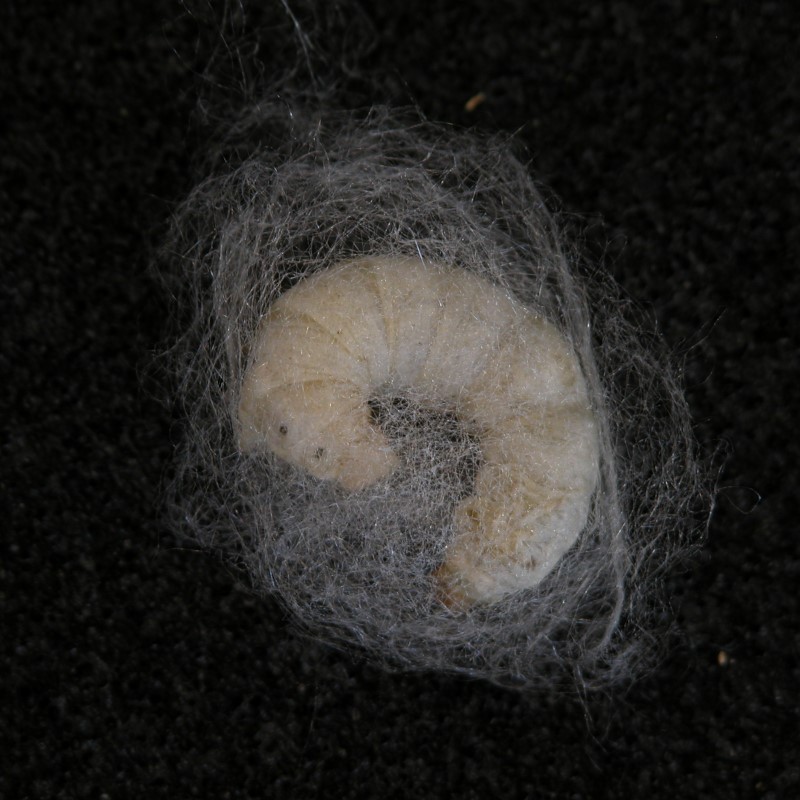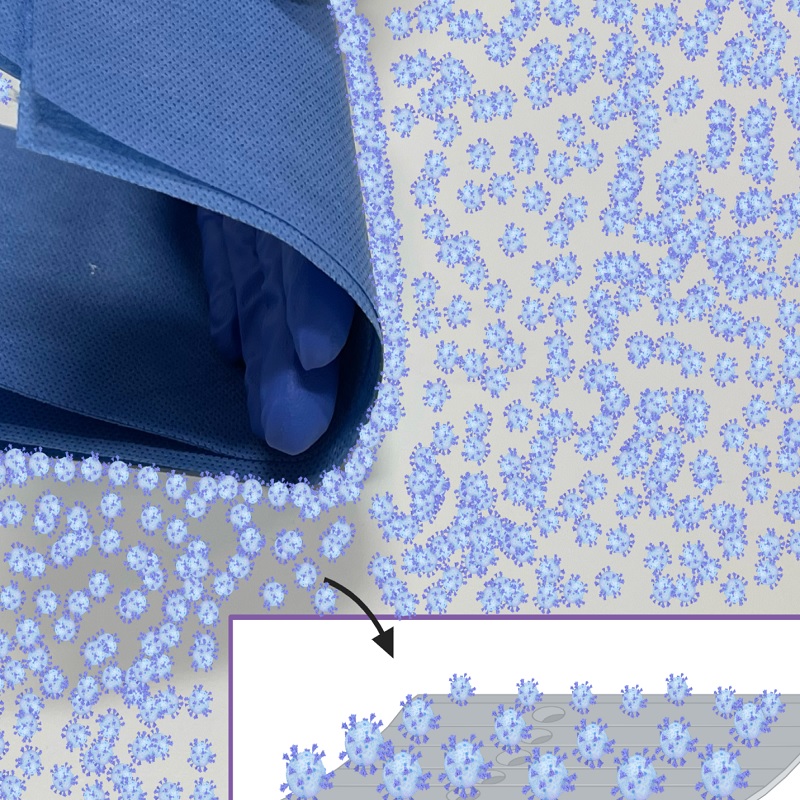A new Interface Focus issue highlights the importance of rheology in a wide range of practical applications, as well as the work being done to forge cross-disciplinary collaboration between researchers with mutual interests in this area.

We spoke to Dr Charley Schaefer, University of York and Professor Gareth McKinley, Massachusetts Institute of Technology, organisers of a new Interface Focus issue on the topic of rheology. They shed light on the importance of this research area and its wider applications.
1) What is ‘rheology’ and why is it important?
Rheology literally means ‘the scientific study of the flow of materials’ and addresses the peculiar observation that ‘everything flows’. While we can see that water flows in a blink of an eye, the flow of slowly eroding mountains takes many generations to observe. The key principle of rheology is that if we understand the time needed to observe flow, then that provides insight into which elementary processes are occurring in the material, such as the movement of a water molecule or the propagation of a crack in a mountain. This simple principle has been an invaluable resource to gain molecular insights into complex substances such as (colloidal) suspensions of small particles and polymer solutions. It has immensely impacted food science and the engineering of novel materials, as well as the development of advanced technologies such as high-throughput inkjet printers or the spinning of advanced fibres. Thus, rheology has naturally brought together chemists, physicists, mathematicians, engineers and computer scientists. More recently, in the last decade there has been a global emergence of the ‘Physics of Life and Medical Sciences’, which combines the ‘physical sciences’ and ‘life sciences’. Consequently, rheology has found unprecedented applications in the biological context and for the first time enables scientists to address complex questions in biology on the level of molecules, cells, tissues and entire organs, as well as to begin to address important challenges imposed by cardiovascular diseases, cancer, and in digestive and reproductive biology.
2) What is the aim of this Interface Focus issue?
The division of the natural sciences in various disciplines such as chemistry, physics, biology and medicine, has been invaluable to learn about nature within well-defined borders, but has also resulted in the proliferation of discipline-specific jargon, as well as barriers to wider dissemination. For instance, researchers in the physical sciences may publish their research findings in scientific journals with a focus on physics and chemistry, which might not be read by researchers in the biological sciences, who may instead publish in the fields of biology and medicine. Considerable efforts have been made to improve the approach to multidisciplinary science, such as the establishment of the UK-wide Physics of Life network, which encourages the conception of new cross-disciplinary research activities. This issue on the “Rheology of complex biological systems” identifies rheology as a common ground of mutual interest over which knowledge can be exchanged across the physical and life sciences.
3) Can you comment on the practical applications of research in this area?
The Interface Focus issue has collected contributions by scientists with a very broad range of different interests. While some of the research groups are addressing the technological challenges of conducting rheological measurements in biology in the first place, other groups require these new technologies to study biology itself for both diagnostics and the treatment of diseases. For instance, this issue discusses new technologies to probe the elasticity and flow-behaviour of compartments within living cells at the molecular level, as well as a technology to measure such mechanical properties of entire cells. Further, measuring the flow behaviour of blood in miniaturized ‘microfluidic devices’ is vital for diagnostics, but also helps to understand how tissues are affected by vascular networks and by the impact of congested vessels or by tumours. Beyond the medical applications, there are also other possible insights to be gained from bio-inspired materials processing. The spinning of silk ‘dopes’ (concentrated aqueous solutions of fibre-forming proteins) by silkworms to construct cocoons (shown in the image at the top of this post) offers an example of solution-processed fibre formation that is orders of magnitude more efficient than current synthetic approaches.
4) What do you hope to achieve from the 2023 meeting that will complement this issue?
We hope the meeting will differ from the usual rheology conferences in attracting a good number of researchers who would not think of themselves as ‘rheologists’ but who would both benefit from, and contribute to, the evolution of the discipline. We hope that the wider consequences might be very promising and rich. In the same way that metastases in cancer have been shown to have an important and distinctive rheological signature, there are other possible physical-biomedical connections that may offer new therapeutic avenues. We seek to actively involve discussants and participants from across the industrial, biological and medical fields to consider the rheological and soft material science opportunities that are entwined with these key societal challenges.
Keep up to date with the latest issues of Interface Focus by signing up for content alerts, and browse previous theme issues on the journal website.
Image credit: Silkworms harness complex rheology to spin silk fibres for cocoon construction. Natural Materials Group 2022



